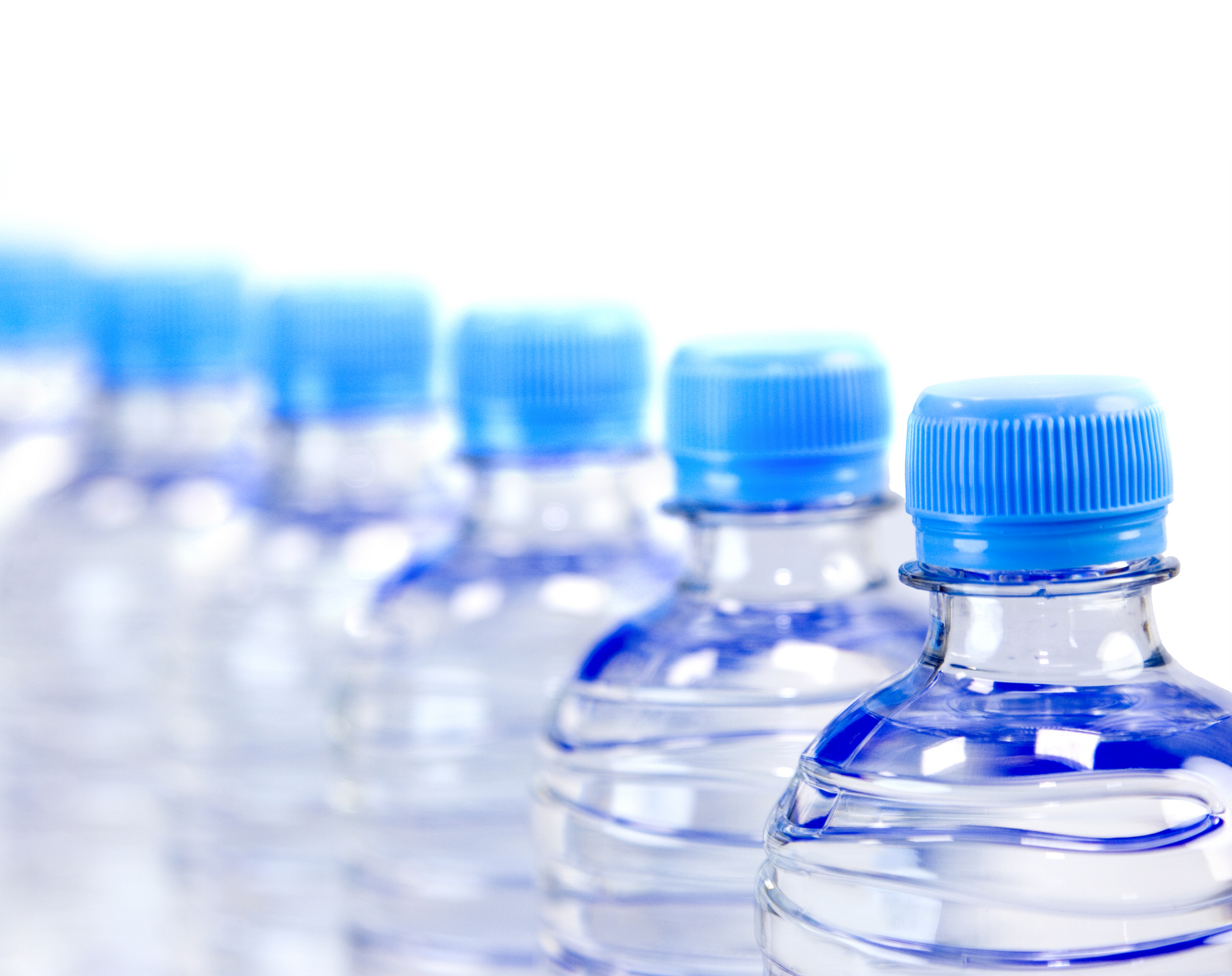Bottled water
Spoilage of Bottled Water
Most of the spoilage of bottled water is caused by bacteria, yeasts and molds that are found in biofilm. Biofilm in the lines and tanks must be eliminated.
Bottled water can be spring, well or purified water. The standards for bottled water set forth by the FDA require that no more than one coliform organism be present per 100 ml of water. No heterotrophic (aerobic or total) plate count limit is specified in the standards. Ozone is typically used as a disinfectant. It is applied just before bottling. As a result, bottled water is typically coliform-free with very low heterotrophic plate counts at the time of bottling. However, bacteria multiply during storage after the ozone has dissipated. The predominant microorganisms are the gram-negative bacteria of the genera Pseudomonas, Flavobacterium, and Moraxella-Acinetobacter. These microorganisms are not of significant importance and do not result in microbial spoilage or flavor impairment of the products. However, spoilage has been reported caused by molds. The presence of coliforms serves as an indicator of lack of Good Manufacturing Practices and a potential health hazard.
Recommended tests
Heterotrophic plate count.
Total coliform count.
E. coli.
Test of containers and closures for HPC and Total Coliforms.
Additional tests
Yeast and molds in the case of spoilage.
Adapted from
Kim, H. and Feng, P. 2015. Bottled Water, chapter 60, p. 573. In F. P. Downes and K. Ito (eds.), Compendium of Methods for the Microbiological Examination of Foods. American Public Health Association, Washington, DC.

